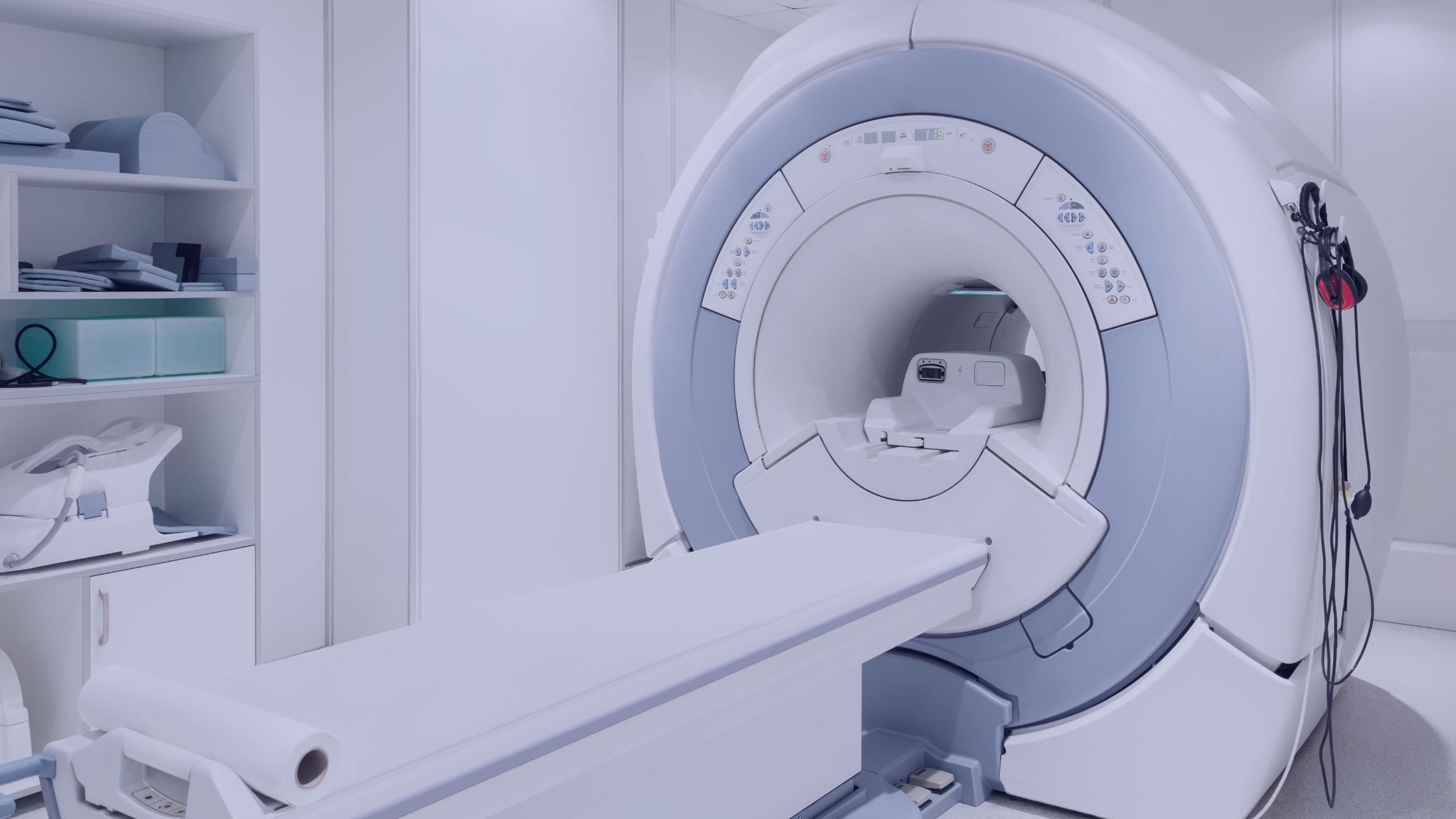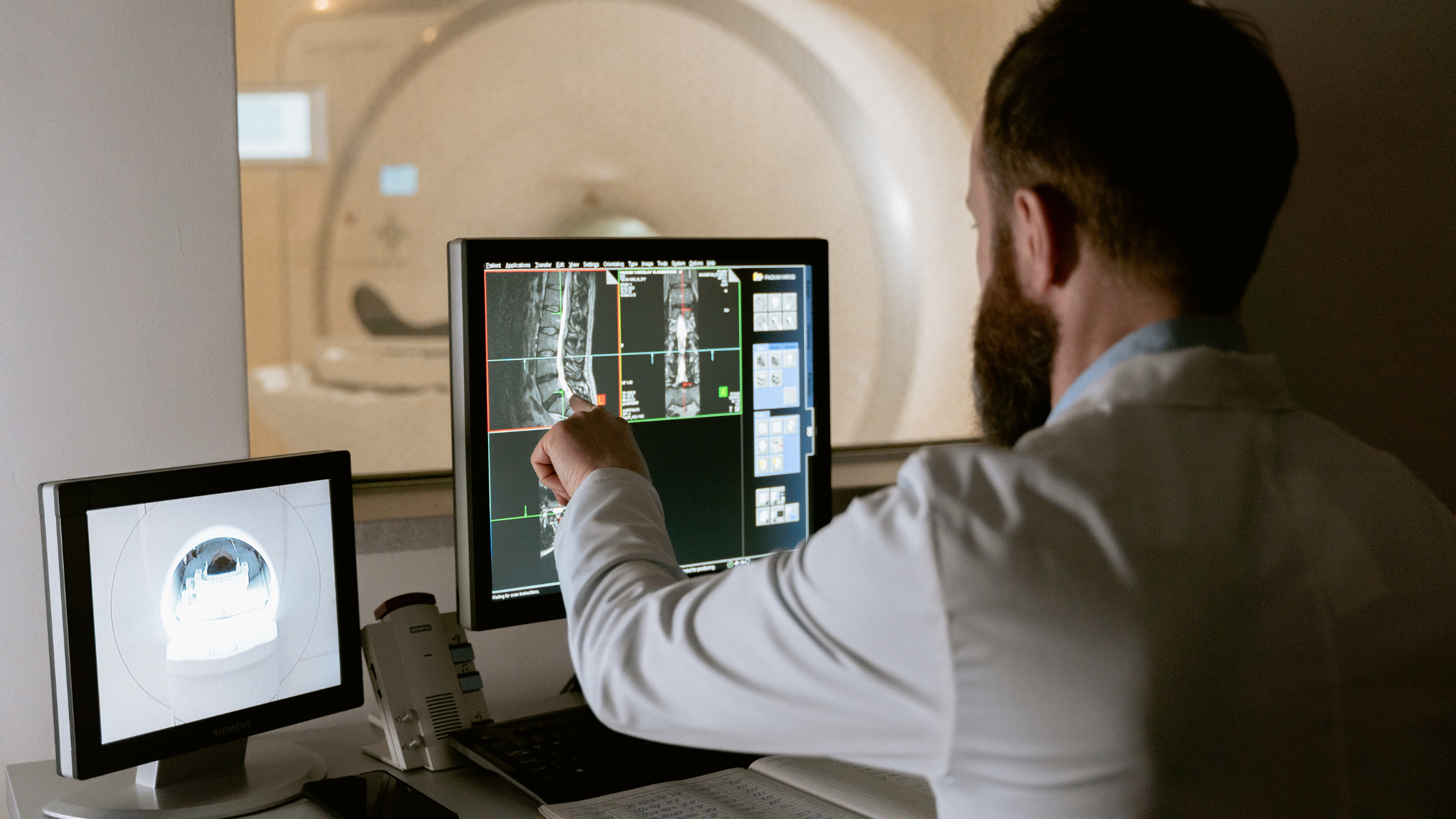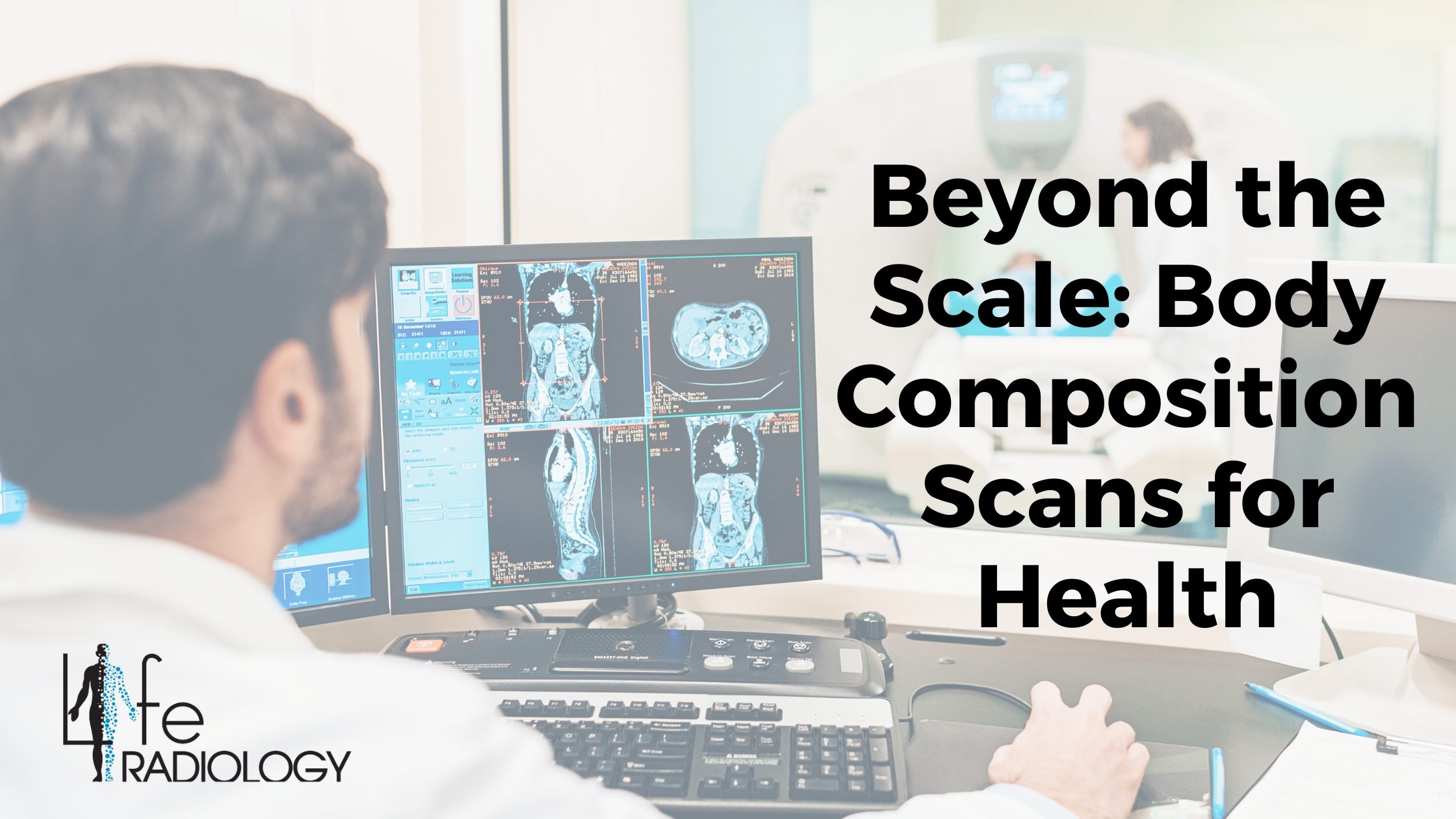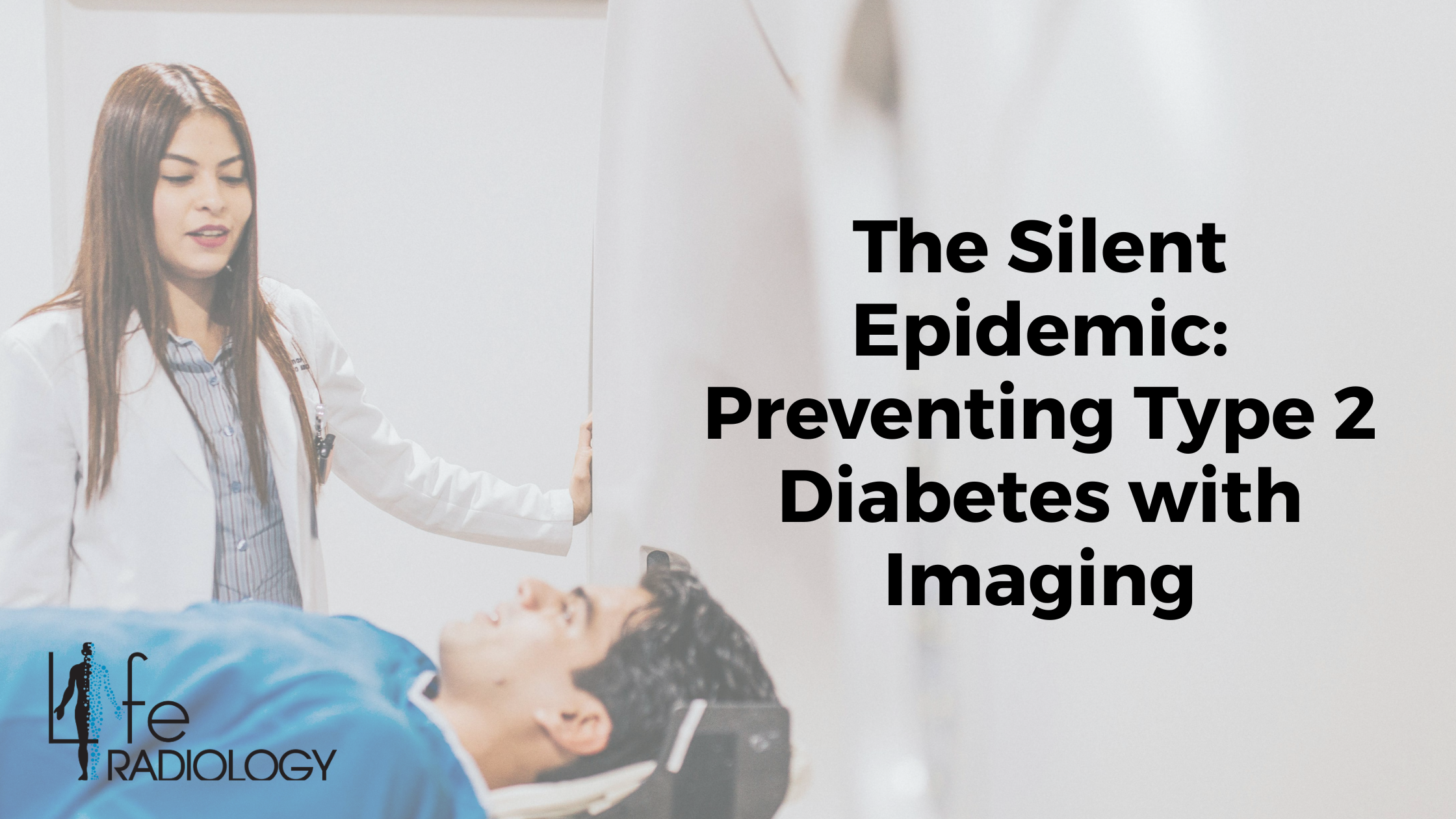Why September Is the Perfect Month for a Preventive Check-Up
September brings a fresh start. Schools reopen, work routines stabilize, and calendars look manageable again. Use that momentum to book your preventive check-up—the habit that most improves long-term health.
A preventive check-up lets you and your clinician review family history, lifestyle, mental health, and age-appropriate tests. Based on your risk, you can update vaccinations, adjust medications, and plan any needed screening (for example, ultrasound, mammogram, bone density, or echocardiogram).
This article is educational and does not replace personal medical advice. Always follow your clinician’s guidance.
Seasonal timing: the back-to-routine advantage
When summer travel ends, your days become predictable. That stability makes it easier to fast for labs, show up on time, and return for follow-ups.
Clinics often open new appointment blocks in early fall. You can secure earlier slots, coordinate imaging, and finish testing before the holiday rush.
September also creates a clean comparison point. You can align this year’s numbers with last year’s course-correct well before winter.
The health realities of early fall
Respiratory readiness as viruses return
Classrooms and offices push people indoors. During a preventive check-up, your provider can review vaccines, update asthma action plans, and check inhaler technique. Ask whether a flu shot, COVID booster, or other immunization fits your risk profile—especially if you care for infants or older adults.
Cardiovascular check-ins after a looser summer
Heat, irregular sleep, and vacation habits can nudge blood pressure, heart rate, and cholesterol. Use September to re-establish your baseline. Suppose you report chest discomfort, shortness of breath, fainting, or swelling. In that case, your clinician may order an ECG or echocardiogram to evaluate heart structure and valve function. Early data now support heart-healthy changes that carry you through winter.
Breast and bone health for the months ahead
For eligible women, mammography remains a cornerstone of early detection. Dense breasts, family history, or other risk factors may call for personalized plans, sometimes paired with an ultrasound or MRI.
Bone health matters, too.
A bone density (DEXA) scan estimates fracture risk, especially for post-menopausal women and adults with prior fractures, low BMI, or long-term steroid use. September’s calmer calendar helps you schedule these tests and act on results.
What to include in a September preventive check-up
A preventive check-up should reflect your age, sex, symptoms, and risks. Expect a tailored mix of history, exam, and targeted testing.
Core screenings and imaging (when indicated)
- Ultrasound is safe and radiation-free. Clinicians use it to evaluate the abdomen, thyroid, pelvis, blood vessels, and soft-tissue lumps.
- Mammogram. Screens for breast cancer in eligible women. Your clinician will advise you on annual vs. biennial schedules and whether to add ultrasound.
- Bone Density (DEXA). Measures bone mineral density to estimate fracture risk and guide prevention or treatment.
- Echocardiogram. Ultrasound of the heart for symptoms like shortness of breath, swelling, or abnormal exam findings.
- CT or MRI is not routine for healthy adults. Providers order these only when symptoms and an exam suggest they’re necessary.
Labs and vitals to prioritize
- Blood pressure and heart rate. Request repeat readings if the first is high.
- Weight, BMI, waist circumference. Track metabolic risk over time.
- Fasting lipid panel. Understand cholesterol patterns.
- Blood glucose or A1C. Screen for diabetes when risk is present.
- Kidney and liver function. Monitor if you use certain medications or have chronic conditions.
- Thyroid-stimulating hormone (TSH). Check when symptoms suggest an imbalance.
- Vitamin D. Consider if bone health or deficiency risk is a concern.
Ask for printed or digital copies so you can compare year to year.
Lifestyle and mental-health review
A strong preventive check-up addresses sleep, nutrition, movement, stress, and mood. Use September to build sustainable routines:
- Commit to regular strength training to support bone density.
- Plan heart-healthy meals you can maintain through the holidays.
- Set a consistent bedtime and wake time.
- Complete brief screens for anxiety or depression and discuss next steps if needed.
How to prepare—and what to expect
Confirm logistics. Ask which labs require fasting. Check insurance coverage and whether imaging must occur at an in-network site. Bring a medication and supplement list.
Define your goals. Decide what you want from this preventive check-up—for example, a cholesterol plan, a breast-cancer screening schedule, or a bone health strategy.
Bring records. Prior imaging, operative notes, and specialist letters help your clinician interpret new results and avoid repeat testing.
Dress for access. Wear easy-to-remove layers if you need an ECG or ultrasound.
Expect shared decisions. Your provider will explain benefits and risks, review alternatives, and align the plan with your preferences.
Before the visit
Hydrate unless instructed otherwise. Sleep well. Avoid caffeine and vigorous exercise right before a blood pressure check. Verify referrals and whether imaging is part of your preventive check-up.
After the visit
Schedule follow-ups immediately while motivation runs high. Ask when you’ll receive results and what numbers require a same-day call. Choose one to three concrete goals to implement now and review at your next preventive check-up.
Safety notes on imaging
- Radiation awareness. Ultrasound and MRI use no ionizing radiation. CT uses X-rays, but stays safe when the benefits outweigh the risks. Providers order CT only when necessary.
- Contrast agents. Some MRI and CT studies use contrast. Tell your clinician about kidney issues, allergies, or prior reactions so the team can choose a safe protocol.
- Pregnancy. Many ultrasounds are safe in pregnancy. Always inform imaging staff if you might be pregnant so they can adapt the plan.
Practical benefits of a September appointment
- Momentum before the holidays. You have months to act on results before seasonal stress arrives.
- Insurance timing. In some regions, benefits reset in January. Visiting now can help you complete recommended tests within the same plan year.
- Weather window. Fall travel is often easier than winter travel, which can disrupt appointments.
FAQs
What is a preventive check-up?
A preventive check-up is a visit focused on staying healthy rather than treating an urgent problem. You and your clinician review history and lifestyle, perform a physical exam, order age- and risk-based screenings, and set habits that reduce disease risk.
Do I need an MRI or a CT scan?
Usually, no. MRI and CT help solve specific problems. If symptoms or exam findings suggest that, your clinician will order them. Many people only need labs and simpler imaging, such as ultrasound or mammography, when appropriate.
How long do mammograms and bone density tests take?
Mammogram: about 20–30 minutes.
Bone density (DEXA): usually 10–20 minutes.
Both are noninvasive. Technologists guide you through positioning.
Are imaging tests safe?
Yes, when used appropriately. Ultrasound and echocardiograms use sound waves. Mammograms and CT scans use carefully controlled X-rays. MRI uses magnetic fields. Your care team weighs the benefits and risks for your situation.
Will insurance cover my visit?
Coverage varies by country and plan. Many insurers cover preventive visits and age-appropriate screenings. Call your plan to confirm details and ask whether you need imaging referrals.
What should I bring?
Bring ID, insurance information, a list of medications and allergies, prior results, and your top questions. If fasting, pack a snack for after labs.
How often should I schedule preventive care?
Most adults benefit from yearly reviews. Some tests occur less often. Your clinician will personalize the schedule based on your history and current results.
Your action plan for September
- Block time this week for your preventive check-up.
- List three questions you want answered.
- Gather prior records and your medication list.
- Book any recommended imaging—ultrasound, mammogram, bone density, echocardiogram—while your schedule stays steady.
- Choose one lifestyle change you can start today and revisit next month.
Educational note: This article provides general information to support conversations with your clinician. It is not a substitute for personalized medical care.






